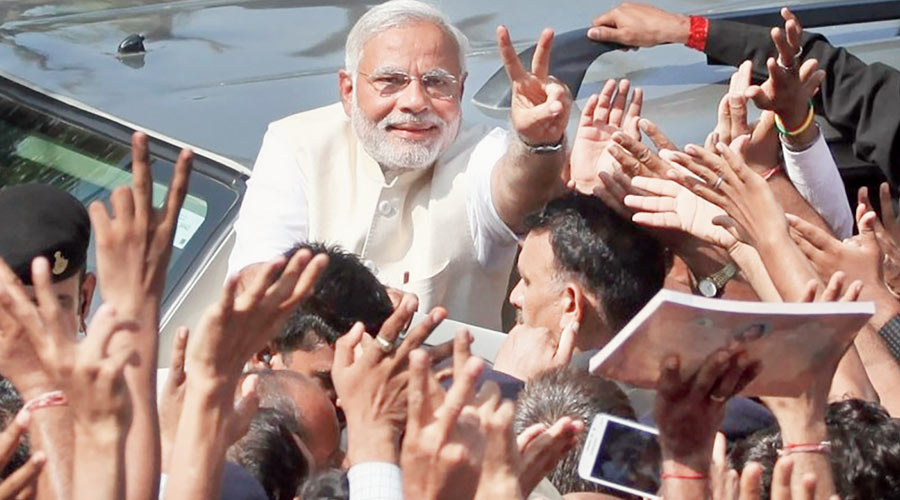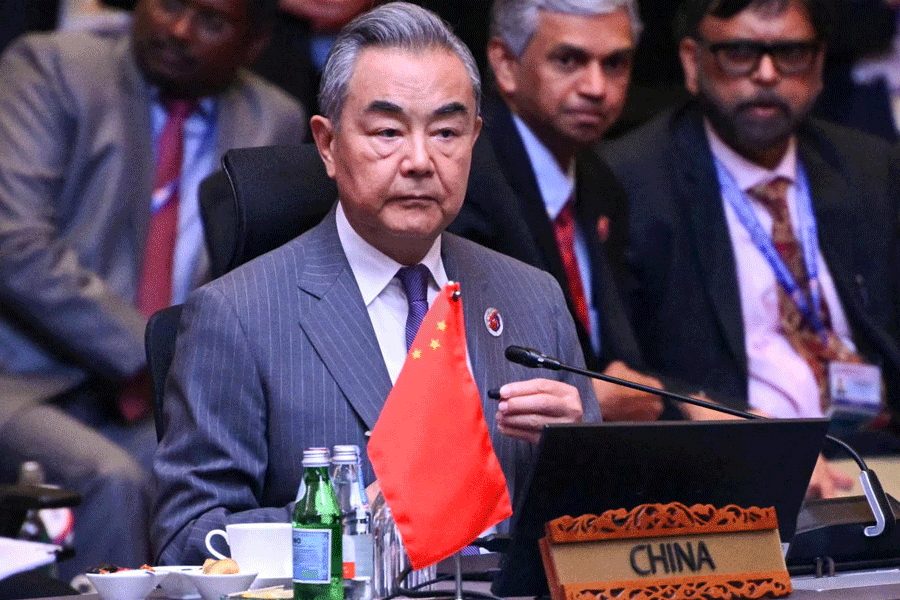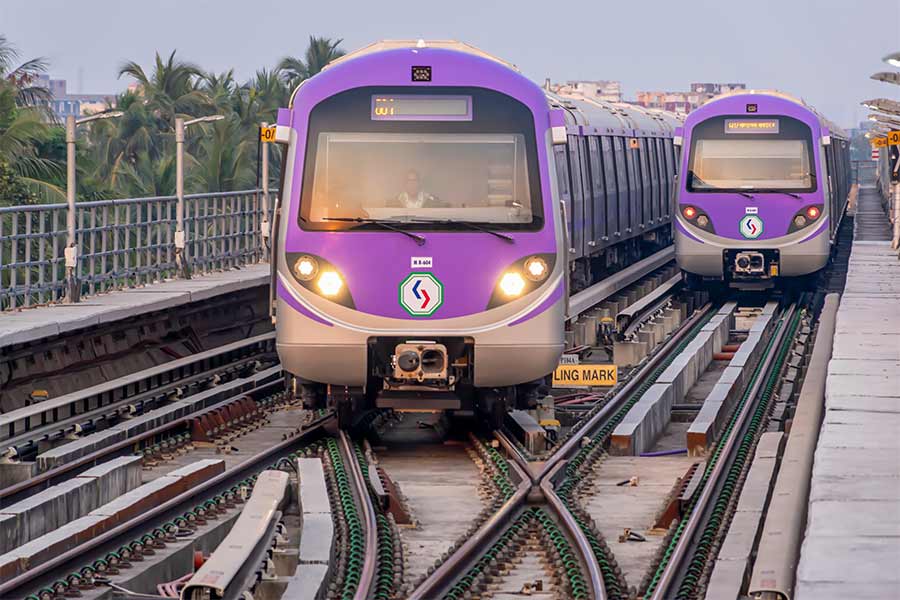This is the twentieth anniversary of the making of Narendra Modi and the Gujarat Model. It was this month twenty years ago that triggered the marinade of horror, hatred and gore that has served up this sizzled nation called New India where it is possible for zealotry to hound a young girl for her choice of apparel, for venom to fetch you a vice-chancellorship and for odium to create a public discourse on whether Shah Rukh Khan’s act of prayer was actually a ruse for spitting on Lata Mangeshkar’s mortal remains. It is necessary to recall and commit to memory the Gujarat of 2002 and the thereafter because we are probably only mid-stream in its momentous aftermath. We must know the nature of what came to unfold twenty years ago, if only so we are better able to negotiate this tide that has taken our affairs.
To anyone paying attention, it would have been evident that 2002 was not a contest to retain the Gujarat assembly, it was the beginning of his assault on New Delhi. In a skewed but probably telling sense, he had already raised the bar of competition higher than any other Indian chief minister would; he was not in a contest with locals, he had pitted himself against Pervez Musharraf — “Mian Musharraf” was his chosen address — and was waging a campaign to protect the nation from such threats as the then Pakistani dictator. Here, clearly and for all to see, was an architect of fractures who could dream but a splintered design, who could deal but in fear and its detritus. Here was a man striding divisions, driving them deeper, infusing them with the diabolical iridescence of hate and bitterness. Here was a man quite unabashed about what he was up to. Here was a man so focused on his distorted vision, he couldn’t care for correctness, political or otherwise. The recurrent horrors enacted in Gujarat that year were nothing but a natural reaction to the carnage of Godhra; if tempers were such they spilled into murder and mayhem, it was only a measure of the depth of public shock and anger. The relief camps had to be shut and the refugees sent back to their charred and sundered homes because the government was not interested in any more charity, not certainly for baby-making factories; the victims could go and turn their five into twenty-five and twenty-five into six hundred and twenty five but his government was not subsidizing them. The Chief Election Commissioner — a man called J.M. Lyngdoh at that time — had to be flayed not because he takes decisions that are inconvenient and unpalatable but because his first name is James and, therefore, he must be deep in some dark conspiracy with the Vatican and Sonia Gandhi. Here was a man who didn’t like mincing words. In fact, he often revealed a crowbar where his tongue should lie and he didn’t like apologizing for putting it to use. The more he can do to annoy and affront, the better off he is, the more villainous he looks to some, the more heroic he begins to feel. The more some people reviled him, the more others raved about him. Censure was fodder to his cannons, he would court more and more of it so he could keep his guns blazing.
He is the classic anti-image, his stature is determined by his adversary. The more the opposition to him, the more he can feed and fatten on it. There is nothing that pleases him more than the charge of being anti-Muslim. The more the minority gets ranged against him, the more the majority consolidates behind him.
Accuse Narendra Modi of being a Hindutva battle-crier and he would respond like you had paid him a compliment. That would be like telling Ariel Sharon he is anti-Palestinian or Slobodan Miloševic that he is a Serb ultranationalist. Those are the badges they want to wear. That’s the badge Modi wants on his chest, it’s been his ticket past the turnstiles into power, and remains his essential lease document. He has a killer’s instinct for power and a hunter’s will to pursue it. What’s more, he has a razor-sharp sense of the hour and how to make it his own. When passenger coach S-6 was set afire at Godhra junction late February, he seized the opportunity. He saw in a single flash of that incendiary moment a road map to new vainglory although the maxim it ran on was a very old and established one, used by many astute practitioners of power before him — that dividing is a handy principle to rule by.
Post-Godhra, Modi was a man transformed. Suddenly, he was no longer besieged in the crumbling fortress left behind by the Keshubhai Patels; he was out raiding, charging; he was bellicose and daring. He was unafraid to embrace whatever he saw profit in. What was tragedy, Modi converted into opportunity; he picked up the flames from Godhra and blazed a new trail with cold determination.
The Gujarat of 2002 was the premiere of later enactments. It is when peddling prejudice began not to be a thing of shame, it is when brandishing bigotry from the public stage, and profiting from it, began to be a thing of pride. It is when the thing of Indian hating Indian to the degree that one Indian was ready to lynch the other and brag about it became a thing of fashion. That’s where we began this journey to unabashed worship of debased ideologues and assassins. The show isn’t over yet, its protagonist is only warming up. Keep watching, if only because shutting your eyes will not ease the abomination of what we have become.
sankarshan.thakur@abp.in











